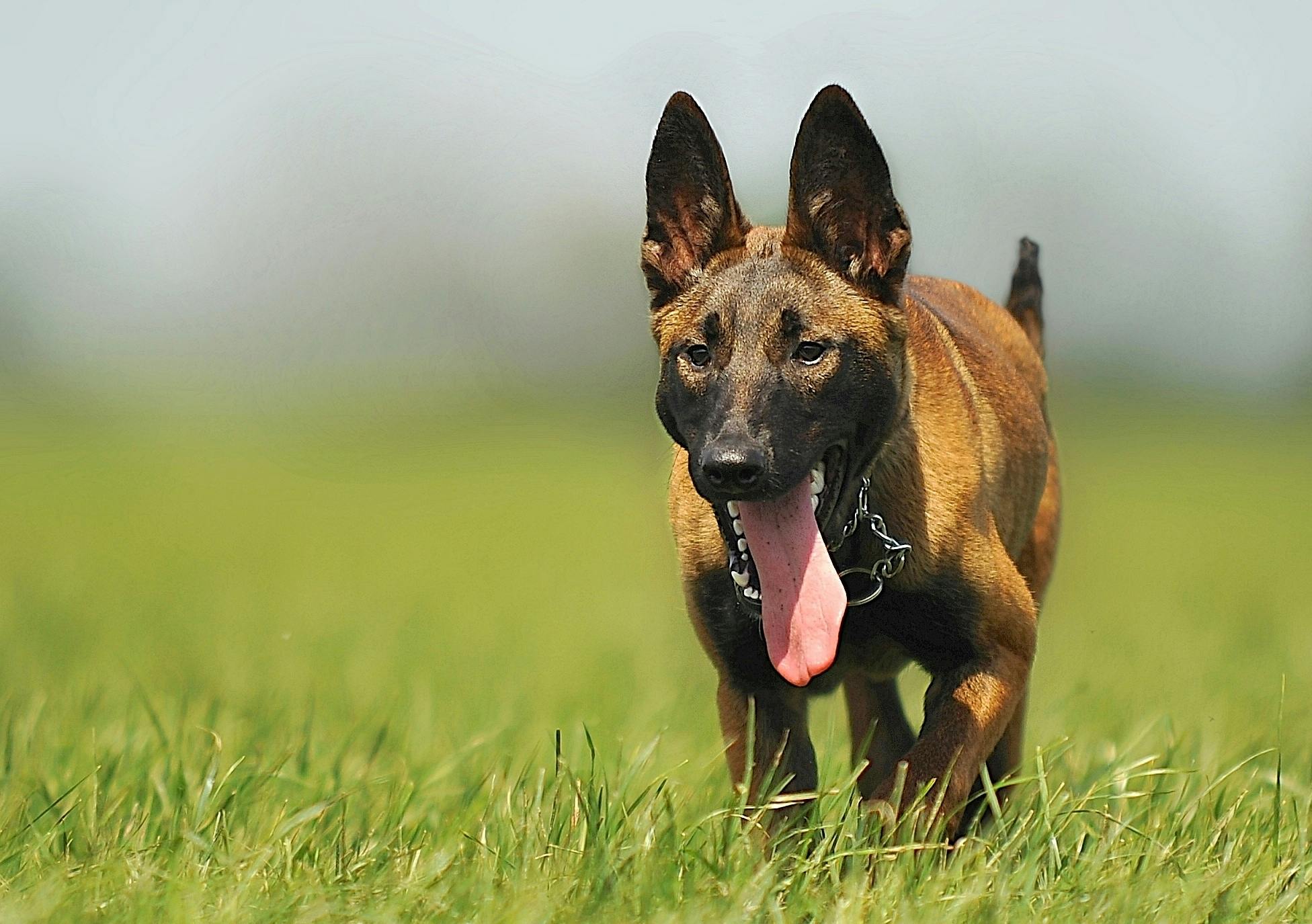It can be frustrating for pet parents to deal with their cat peeing outside of the litter box without knowing why it is happening. There may be an underlying behavioral or medical problem, and a visit to your veterinarian can help distinguish the two. Sometimes, treatment is implemented and the issue resolves, but other times it can take some time and patience to determine the underlying issue.

Feline Lower Urinary Tract Disease (FLUTD)
FLUTD is a term describing all of the urinary issues that can be attributed to a medical cause. Urinary tract infections, bladder stones, bladder inflammation, or urethral obstruction can all result in urinary issues. Cats may be urinating more frequently, passing blood in the urine, or straining to urinate. They may even cry out when urinating or fail to pass urine at all! Veterinary care is warranted in any of these situations.
Your veterinarian will do a thorough physical exam, will collect a urine sample, and may perform imaging, such as an x-ray or ultrasound. If these tests show that bacteria and inflammation are present within the bladder, appropriate medications can be prescribed. If the urinary tract infection is not resolving, it may be necessary to collect a sterile sample to better target antibiotic therapy. If bladder stones are seen, surgery may be necessary to remove them. Obstructions may be relieved by passing a urinary catheter or in severe cases, surgery may also be necessary. Cats with obstructions may need to be hospitalized for several days.
Once the underlying cause has been addressed and resolved, your veterinarian may discuss starting a new diet and reducing stress in the environment for long-term management.
Stress-Related Behaviors
Once all possible medical reasons have been ruled out, behavioral modification may be necessary. Cats can become easily stressed or anxious especially in multi-cat households where there may be conflict present. Altering the environment through renovations or addition of a new baby can also cause stress to your cat, which can manifest as inappropriate urination. A few strategies can be helpful to try to eliminate these behaviors.
Providing vertical space, such as with shelving or cat trees is also helpful to keep cats active and engaged. Adding another litterbox to the home and cleaning it daily can help.
Inappropriate urination can be frustrating for pet parents. The first step in getting to the bottom of this behavior is to see your veterinarian who will be happy to discuss possible causes and treatment options.






